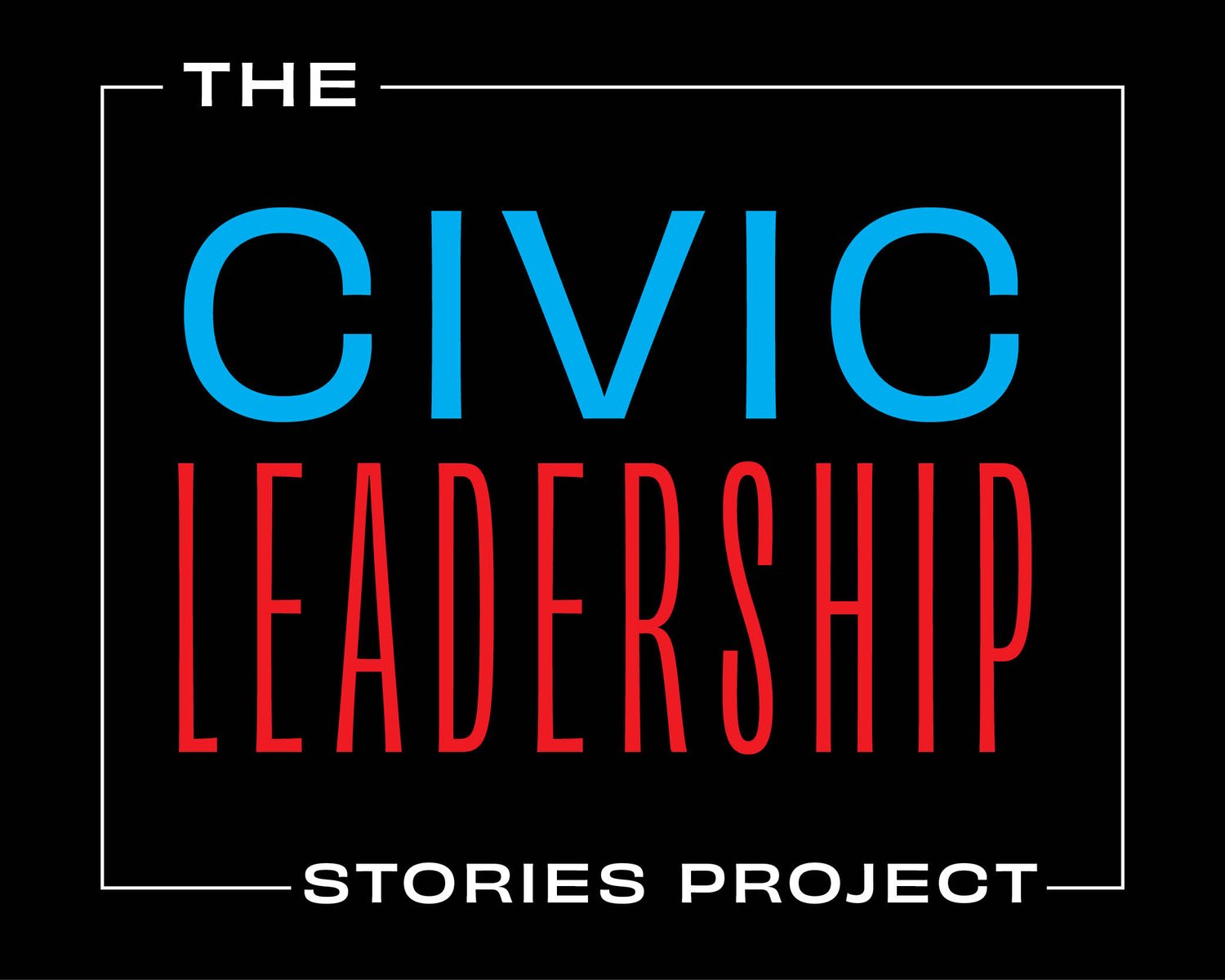Part 4: Engaging Your Audiences
If writers are hoping to educate or inspire particular audiences with their stories, it’s worth considering who is actually watching what content and the ideas those audiences have about public service and civic engagement. Research has found that audiences’ TV show preferences appear to correspond with their political views, sometimes in unexpected ways. The Pew Research Center conducts public opinion polling, demographic research, content analysis and other data-driven social science research that can help inform content creators’ understanding of their audience.
WRITER'S RESOURCE
Here are some questions to guide content creators in thinking about how their stories can inspire their audiences toward greater civic participation and public leadership. The Civic Leadership Stories Project can help guide creators through this process and connect them with researchers and organizations for collaboration.
TV shows and films can show not just the world as it was or as it now appears, but also how the world may be.
Entertainment media storylines can inspire audiences to see themselves and their communities in new ways and to act on these new visions. For example, a study commissioned by Define American found that “TV shows with nuanced immigrant characters and immigration storylines can shift attitudes and inspire people to action.” In the same way, new storylines about civic engagement can help audiences reimagine what public leadership may be and work to make that a reality.
It’s not always easy for public leaders and advocates to describe how systems and structures could work differently in the future. It can be even more challenging for communities, especially marginalized ones, to imagine this for themselves—not in broad strokes but in the day-to-day choices and challenges that TV shows and films can bring to life so well. As detailed in The Storytellers’ Guide to Changing Our World: “These stories [can] show people a vision of the world that is possible, and motivate people to take specific acts to get there by showing them that collective action has the power to make change.”
This is not just about changing what public leaders look like, but about how they approach their missions differently. It is about the kind of public systems and social structures that can be built to better serve our communities.
As the Pop Culture Collaborative explains, “When consistently immersed in pop culture storyworlds that carry transformative ideas, characters, behaviors, and ways of living, people begin to feel that the alternate realities depicted in these worlds are not only possible, they are preferable.”

